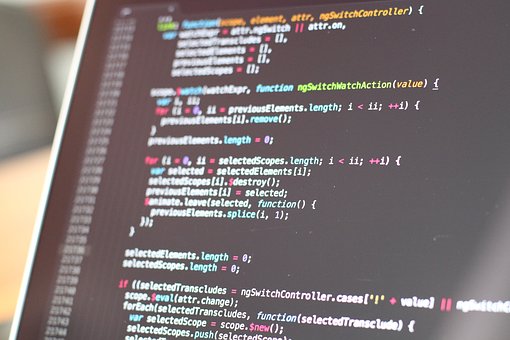Mar 18
2019
Healthcare Institutions Received More Attacks than Finance In 2018
 Summarizing the outcomes of 2018, the experts noted an increase in the share of targeted attacks that grew throughout the year reaching 62 percent in Q4. By and large, targeted attacks became the favorite method of attackers (55 percent) in 2018, unlike the previous year.
Summarizing the outcomes of 2018, the experts noted an increase in the share of targeted attacks that grew throughout the year reaching 62 percent in Q4. By and large, targeted attacks became the favorite method of attackers (55 percent) in 2018, unlike the previous year.
The number of attacks aimed at data theft keeps growing. A statistical analysis of 2018 showed that attacker interest was mainly focused on personal data (30 percent), credentials (24 percent), and payment card information (14 percent).
In 2018, healthcare institutions in the U.S. and Europe were at the center of attention from hackers, receiving more attacks than even banks and finance. In addition to stealing medical information, hackers also demanded ransom for restoring the operability of computer systems. Hospitals were ready to pay hackers, patient lives being at stake. According to experts, attackers got hold of personal data and medical information of more than 6 million people.
DDoS attacks became more powerful. Thus, 2018 was marked by the two biggest DDoS attacks in history, reaching 1.35 and 1.7 terabits per second. IT companies were the second-most common target of DDoS attacks, after government institutions. Hackers disrupted the operations of internet service providers and game companies, which are particularly sensitive to downtime and equipment disruption.
In 2018, malware was used in 56 percent of attacks. Such popularity is caused by the fact that malicious software is becoming more and more available each year, which reduces the barrier to entry for cybercriminals. Attackers mostly used spyware and remote administration malware to collect sensitive information or gain a foothold on systems during targeted attacks.